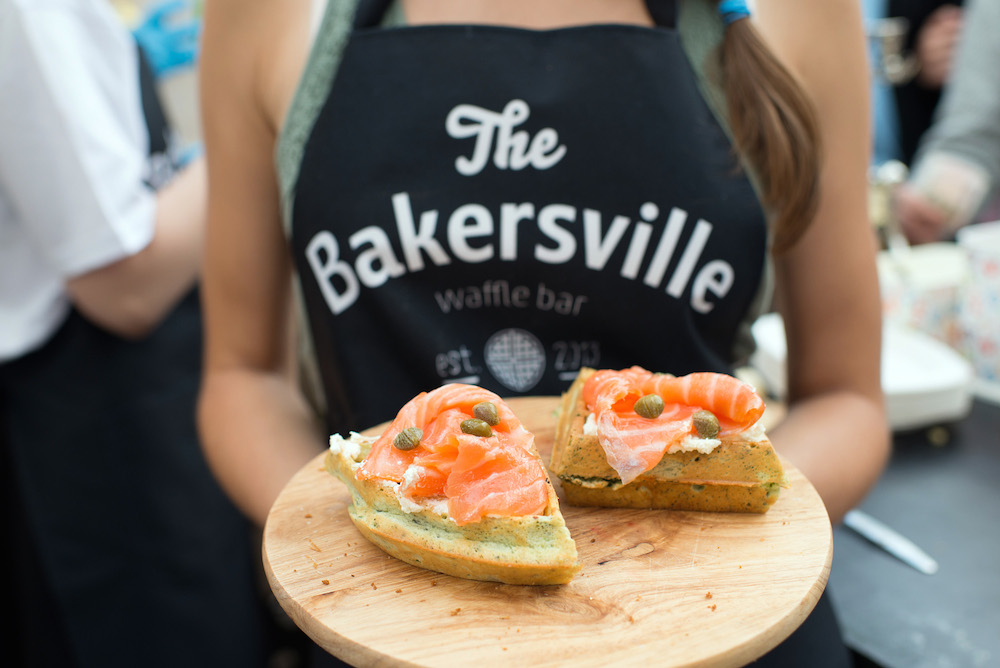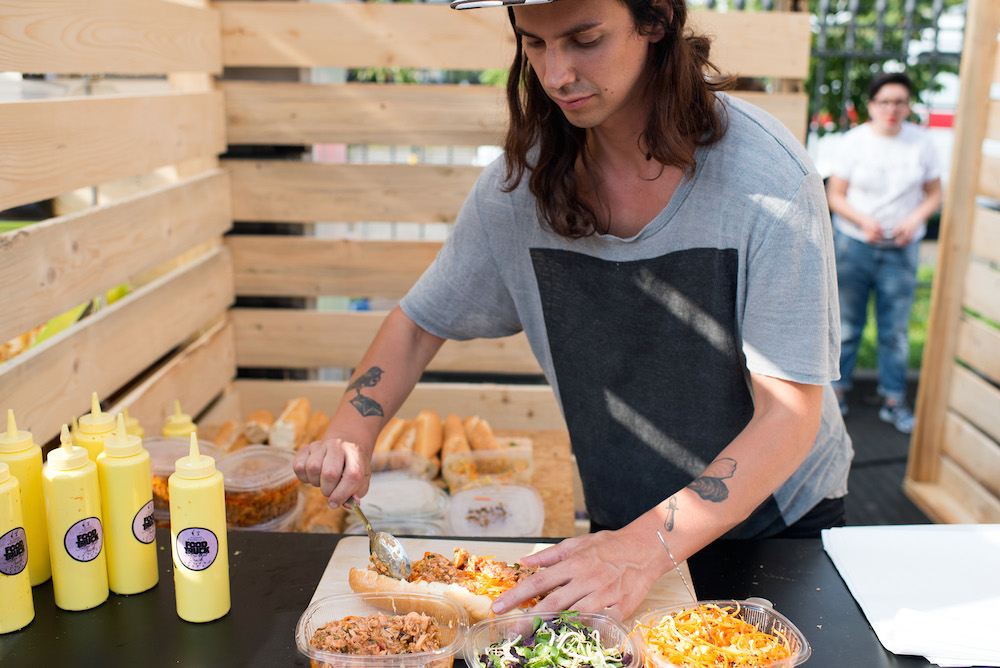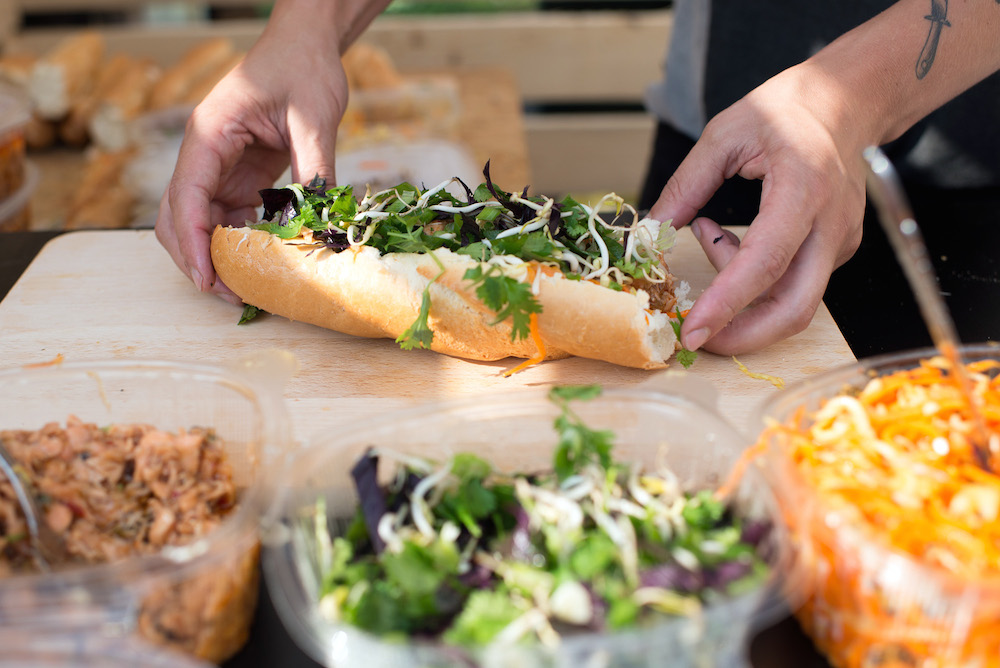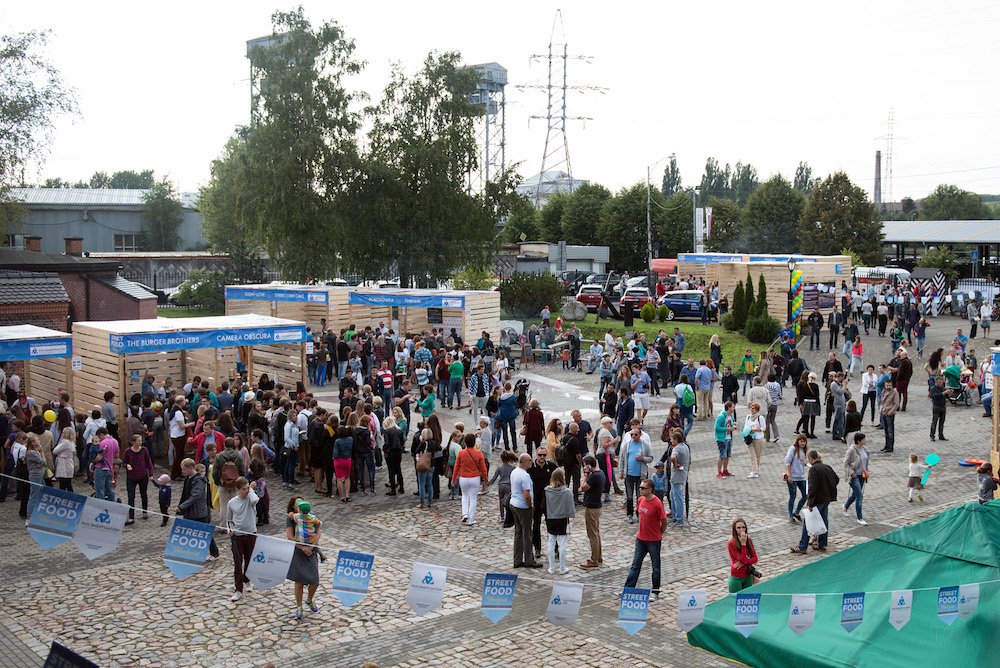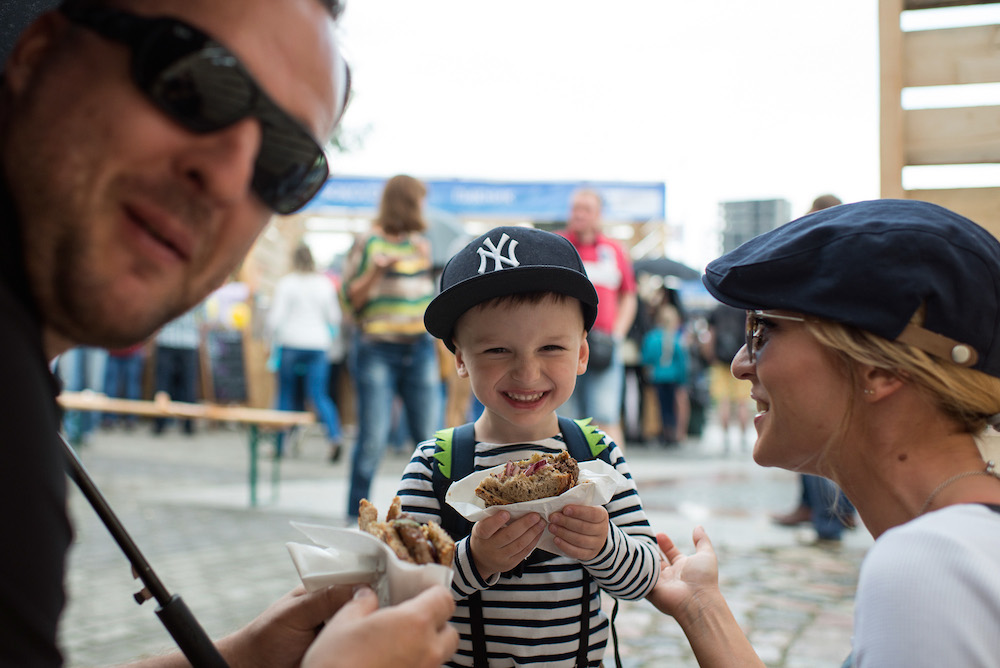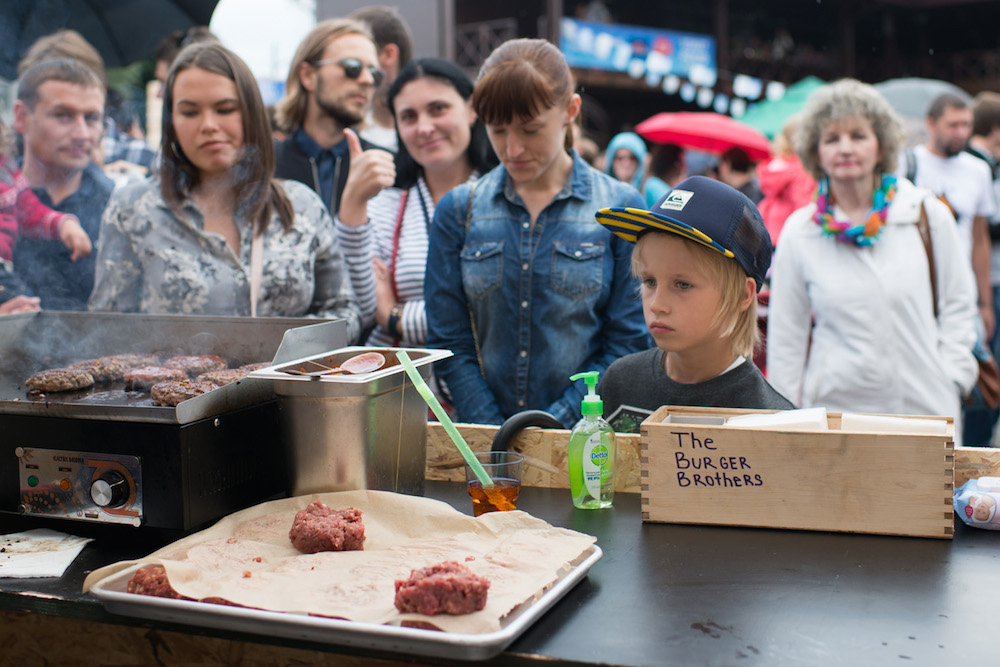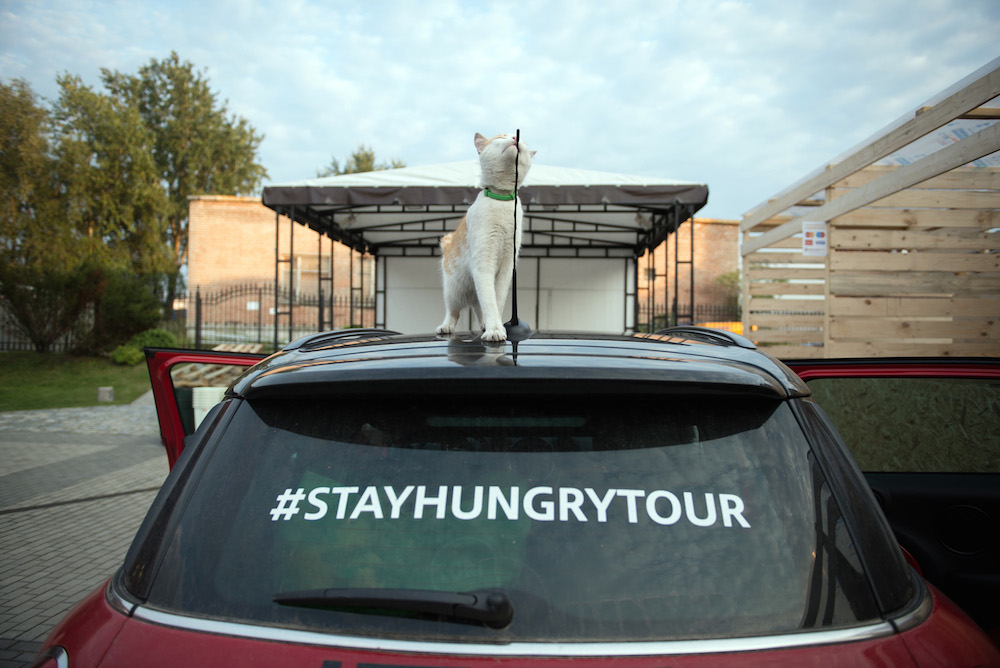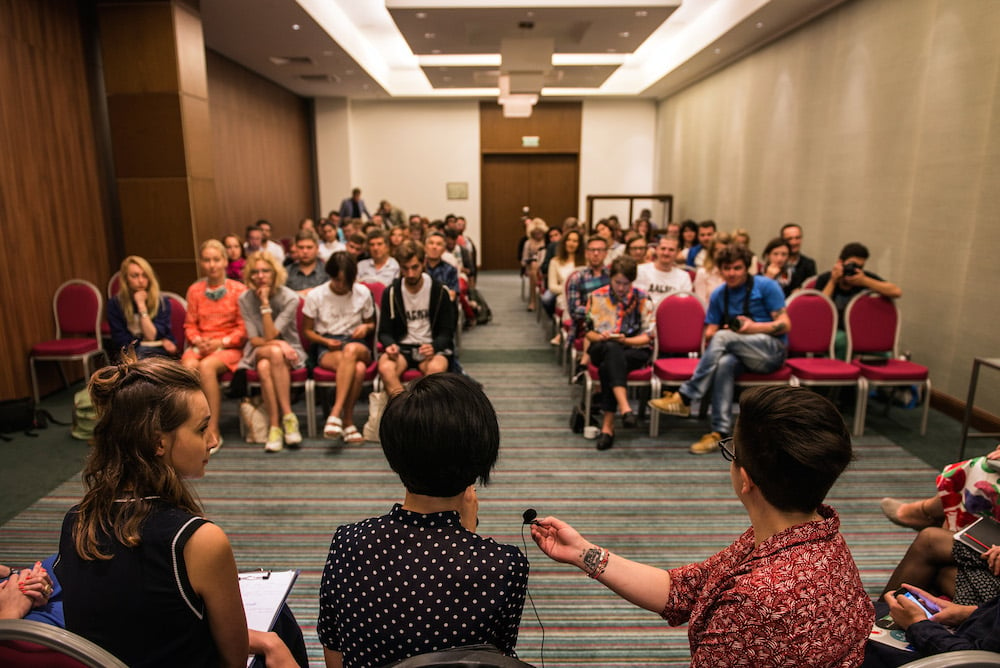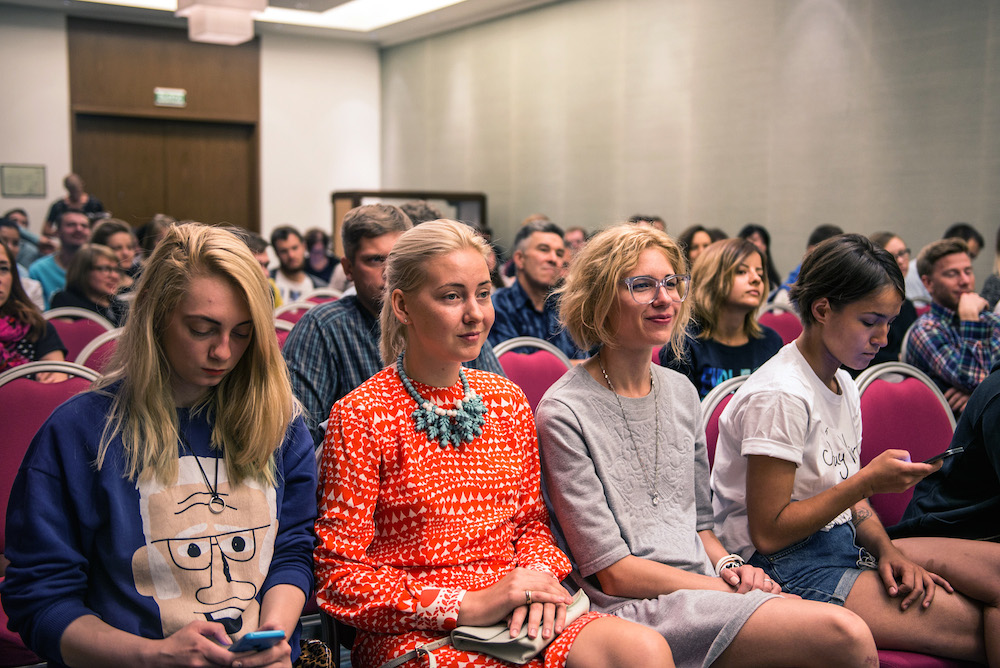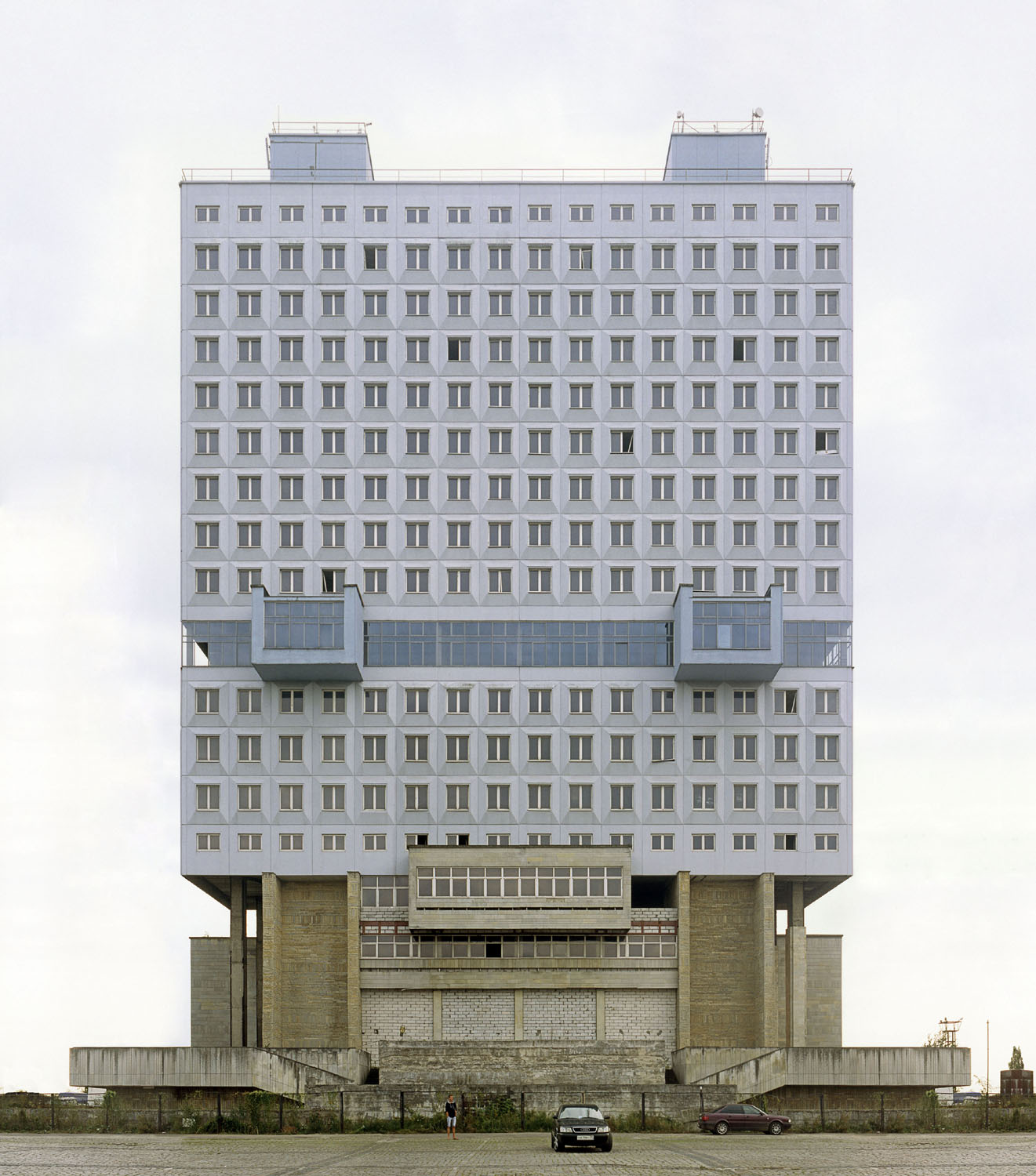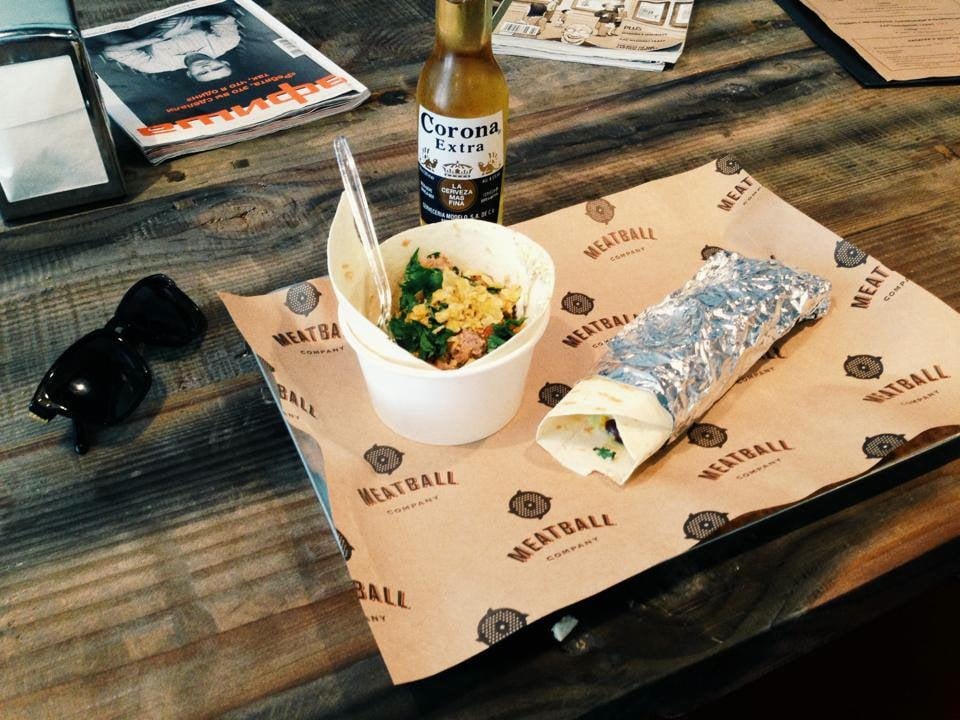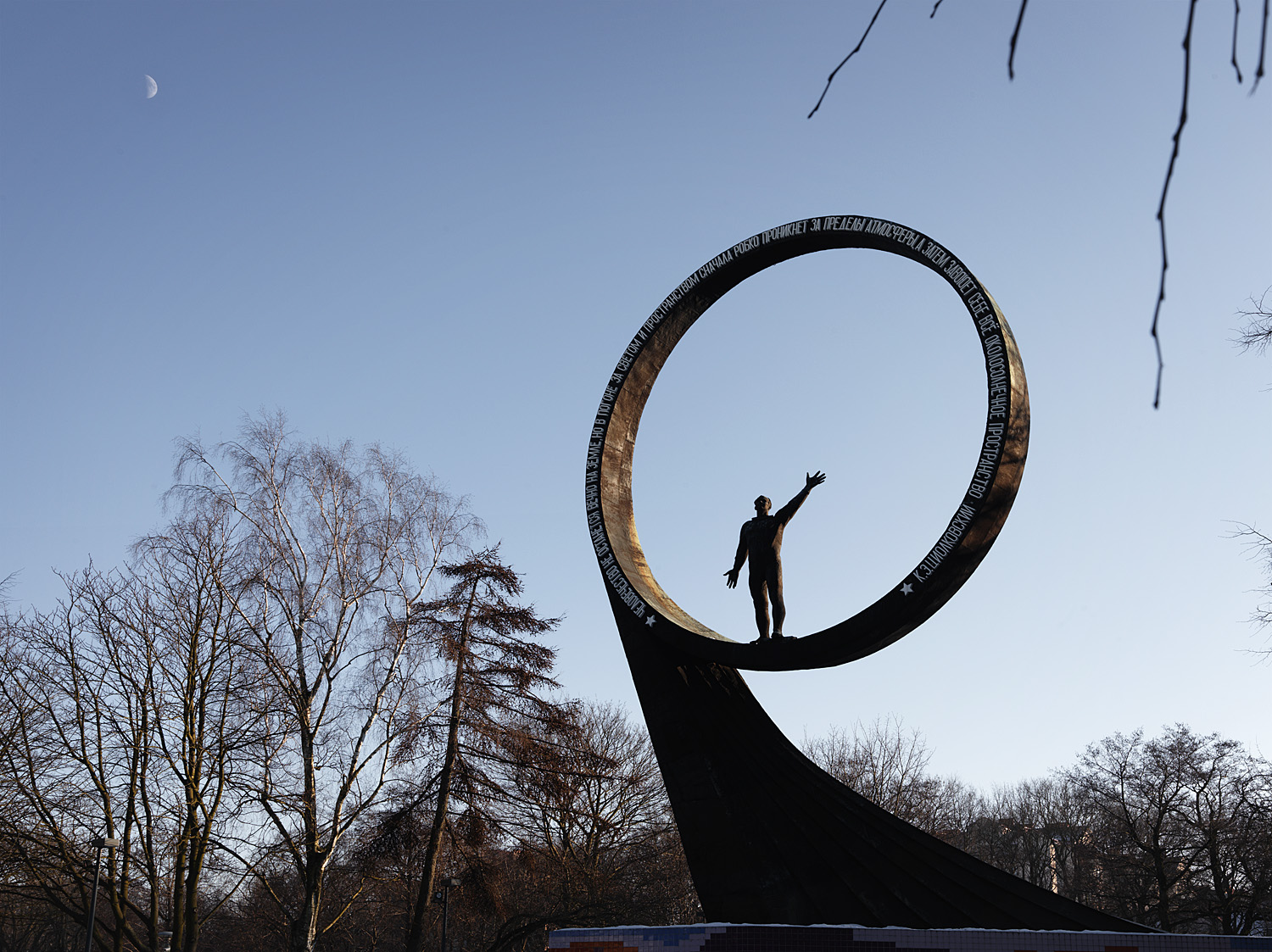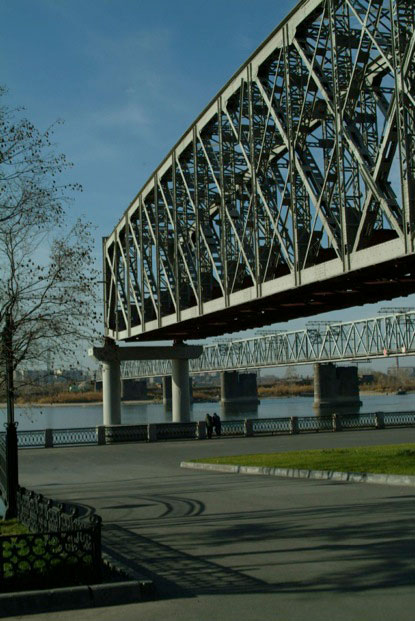Letter from: street food and sanctions in Kaliningrad

How will an international food festival in Kaliningrad fare during a Russian embargo on western produce?
It’s not without irony that I find myself travelling to an international food festival in Kaliningrad at a time of sanctions against US, European, Australian and Japanese produce in Russia. I hop into a taxi at the airport and am soon hurtling towards the Radisson hotel. My driver is a boy racer who chats on the phone the entire time while weaving in and out of cars at high speed. Luckily, there’s free WiFi so I spend the journey letting loved ones know that I might not make it. Secretly though, I enjoy the experience because it’s a synthesis of two very Russian things: bad driving and ubiquitous free WiFi. I couldn’t ask for a better welcome.
When I arrive at my hotel, I’m told that before the festival, there’s a conference on street food and can I give a short talk on the London scene. It’s a topic I know nothing about, except for the fact that I like eating and live in east London where it’s almost impossible not to bump into a truck serving Korean burritos or some such foreign delicacy, authentic or otherwise. I get the impression I wasn’t the number one choice, but, unfortunately for those at the conference, the food trucks travelling from Europe failed to make it past the border and a handful of other street food savants didn’t get their visas on time. So now, my unscholarly thinking on the subject — there is street food in London, it is good — is in serious demand.
One pair, the purveyors of Woop Woop liquid nitrogen ice-cream make it to Kaliningrad from Berlin minus their van, which they leave behind in Poland. It’s not the embargo on western foodstuffs that proved a challenge though; apparently, the packets of white powder and high-tech contraption in the back, assembled by physicist-turned-confectioner Boris, one-half of Woop Woop, made for an unconvincing ice-cream van. Rolling meth lab perhaps, but ice-cream van? As if.
At the conference, the speakers from Moscow bemoan the challenges — red tape, high rents — they face in their line of work. Never mind the sanctions, getting a permit to sell street food is tricky enough. The aim of the conference and festival, organised by Moscow supper club and street food festival experts Stay Hungry, is to convince local bureaucrats to ease off restrictions and help the scene in Kaliningrad grow. The challenge lies in persuading them that street food is no longer about selling dodgy kebabs to drunken revellers at 3am but about gourmet burgers made from classy meat in classy buns.
Mitya from Moscow street food stall The Hummus jokes about the common narrative among the Muscovite vendors who have come to regale locals with inspirational success stories: “I used to work in advertising, but it just wasn’t fulfilling enough and I thought what am I passionate about? Eating. I do it every day after all.” What emerges at the conference is that this aspiration isn’t shared by Kaliningraders who see street food not as a passion project but as a route into a restaurant business to rival KFC or McDonald’s. The ideological chasm between Muscovites and those in the regions couldn’t be starker. The event, sponsored by Rosenergoatom, which oversees Russia’s nuclear power industry, is a further source of amusement with quips about fusion cuisine throughout the day.
When the conference ends, I set out to explore Kaliningrad, the capital of an eponymous Russian region roughly the size of Northern Ireland. Although a part of Russia, Kaliningrad is geographically isolated from the motherland, an exclave, wedged between Poland, Lithuania and the Baltic Sea. I head straight to the House of Soviets, a never completed building that was intended for use as the offices of the central administration when construction began in 1970. Along the way, I pass a standard selection of Russian architecture: concrete tenement blocks, five-floor Khrushchev-era apartments and grandiose Stalinist structures with neoclassical flourishes.
There are no ghosts of a bygone era here, no forgotten dust-covered trinkets to evoke a sense of melancholia. Visitors to the building aren’t here to indulge in nostalgia or to observe the innards of a beautifully decaying structure.
Every now and then, I spy a stranger in their midst, a reminder that Kaliningrad was under Prussian and German ownership for 700 years until its annexation by the Soviet Union at the end of the Second World War. Before it became Kaliningrad — named after Mikhail Kalinin, a diehard Bolshevik who sent his own wife to a Siberian gulag — it was Königsberg, a city founded by the Teutonic knights in the 13th century. The most striking examples of its German ancestry are the seven surviving 19th-century gates built in Gothic Revival style, remnants of the city’s ramparts. After the war, Kaliningrad was subsumed into the Soviet Union and the city underwent a speedy Russification. The German inhabitants either fled, were killed or deported while Russians flooded in from the mainland, rebuilding the city, which had largely been flattened during the war, in their own image.
The House of Soviets is a sight to behold. Nicknamed unaffectionately by locals as “our monster” or the “buried robot”, it resembles the head of an automaton emerging from the ground. The facade, spruced up with a lick of baby blue paint and shiny new windows for a visit by President Vladimir Putin in 2005, belies the interior, which is little more than a concrete skeleton with construction abandoned after the foundations proved too flimsy. Today, for a 200-rouble backhander to the security guard, you can climb the 21 floors to the top and watch the sun set over the city.
Never functional, the House of Soviets lacks the eeriness of most derelict buildings. There are no ghosts of a bygone era here, no forgotten dust-covered trinkets to evoke a sense of melancholia. Visitors to the building aren’t here to indulge in nostalgia or to observe the innards of a beautifully decaying structure. Instead, it is through these forbidden sunset ascents that the House of Soviets finally has a reason to exist. On my climb to the top, I pass a couple on a date. She, tall and blonde, bravely mounts each step in a pair of cigarette-thin high heels, while he, in an all-denim number, provides her with the support she needs. The sunset doesn’t disappoint as it slowly sinks over the horizon, bathing Kaliningrad’s distinct cityscape in a warm glow.
Much ink has been spilled on Kaliningrad’s unique position, politically, geographically and historically speaking. Although politically a part of Russia and an important military base — it houses the Russian Baltic Fleet — European cultural influences continue to seep in from all around. Despite state-subsidised flights to Moscow, locals still prefer to pop over to Poland to stock up on cheap food and furniture from Ikea. Following Moscow’s Crimean land grab, some Russia watchers have turned Russian logic regarding “historical rights” on its head, calling Kaliningrad’s current ownership into question given the city’s German past. It’s a sore point: in June, three activists were arrested for raising a German flag outside the Russian Federal Security Service offices in Kaliningrad. Like Pussy Riot before them, the three men now face charges of hooliganism.
The menu back at the Radisson seems not to have received the memo regarding food sanctions. Dishes containing mozzarella and prosciutto are still plentiful. Breakfast too is an epicurean dream
Later that evening, I put the question of ownership to Vadim, a local journalist helping out at Kvartira, an art-cafe frequented by the city’s more liberal-leaning residents. Despite the worsening geopolitical crisis, he assures me that Kaliningraders have no desire to return to German control. Like so many I meet here, he simply doesn’t want to lose the privileges that the region has with its neighbours. Of all Russia’s provinces, Kaliningrad is arguably the most affected by Moscow’s deteriorating political ties with Europe; Warsaw is already contemplating rescinding the visa-free agreement that allows Kaliningraders to cross the border for their shopping sprees. It isn’t long before our conversation turns to the food sanctions, in particular the hike in the price of apples, which are now being transported from Siberia instead of neighbouring Poland. A kilo of apples, he says, is more expensive than a chicken.
The menu back at the Radisson seems not to have received the memo regarding food sanctions. Dishes containing mozzarella and prosciutto are still plentiful. Breakfast too is an epicurean dream, with plates heaped with cheeses and cured meats from across Europe. While I tuck into some Camembert the following morning, I read news of lorries carrying food from mainland Russia to Kaliningrad that have been stuck at the Lithuanian border for days, driving an even greater number of locals to Poland for groceries. The festival proves a hit with Kaliningraders, who seem undeterred by the rain or long queues. In cities around the world, tough economic times have sparked food culture revolutions. Perhaps now, at a time of sanctions, Kaliningrad too will develop a taste for street food.
